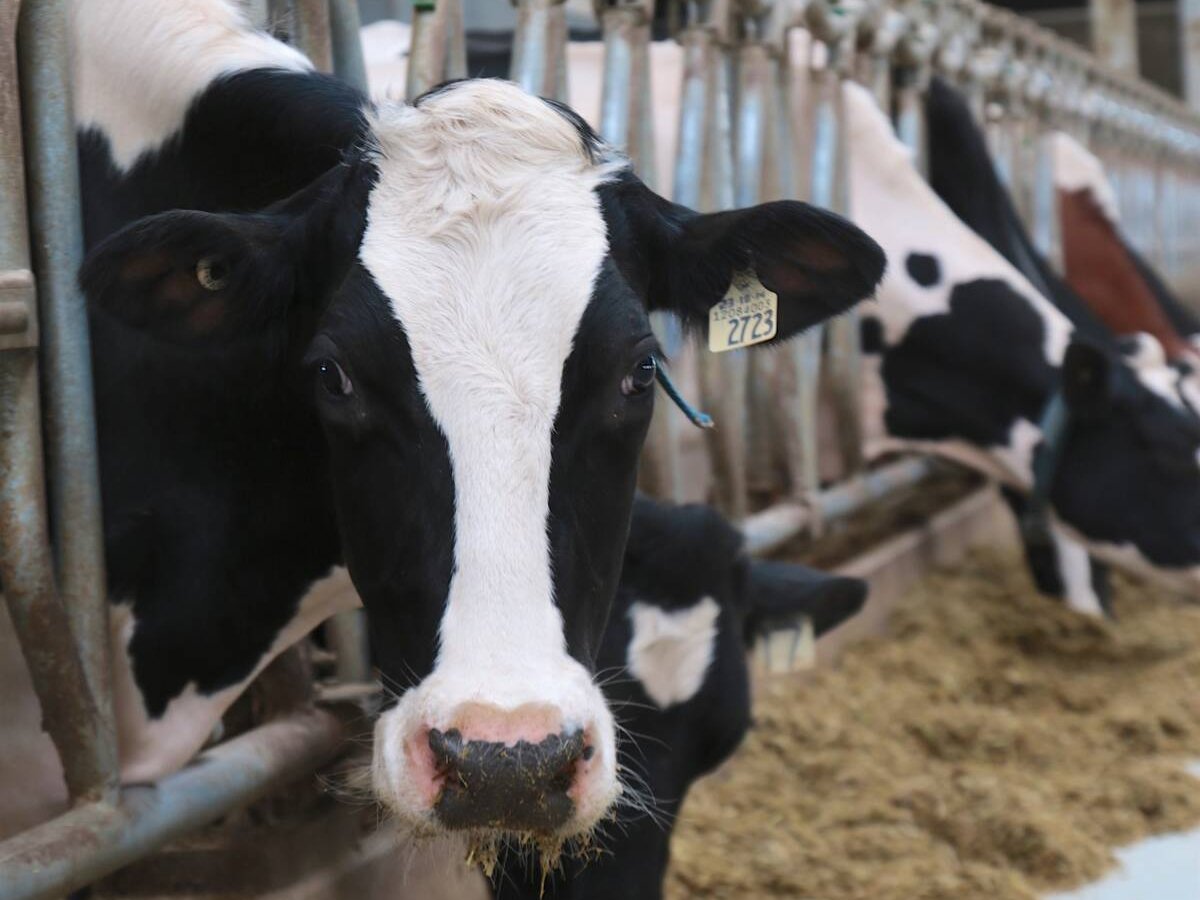SASKATOON – Hog producers in Manitoba and Saskatchewan may be heading in different directions when it comes to selling hogs.
A Saskatchewan judge recently ruled producers can’t bypass the province’s hog board to sell directly to packers.
But a Manitoba government report is recommending that province’s hog board lose its monopoly in favor of a dual marketing system.
The report was commissioned to see if the province is able to double its production, worth $500 million, within five years.
“A commitment for expansion would not take place until producers are able to enter into a direct contract relationship,” said David Donaghy, assistant deputy minister of agricultural development and marketing, and one of three authors of the report.
Read Also

The Organization for Economic Co-operation and Development lauds Canada’s low farm subsidies, criticizes supply management
The Organization for Economic Co-operation and Development lauded Canada’s low farm subsidies, criticized supply management in its global survey of farm support programs.
That means getting rid of the present hog board monopoly to let producers and processors take advantage of niche markets and other opportunities to sell hogs, he said.
Sell to board within province
At present, producers can bypass Manitoba Pork when they sell hogs outside the province, but must deal with the board if they sell within. The four provincial processors must buy their hogs from the board.
Manitoba Pork assembles hogs at a central point, prices them through an index system and distributes the hogs to packers. About $1.50 per hog is collected by the board from producers.
Ken Foster, chair of Manitoba Pork, said there are no requests from farmers for a dual marketing board. The only people in favor of such a system are hog producers connected to feed companies, he said. They want the ability to sell out of province when times are good and the option of dealing with a single-desk selling agency when the board has better prices, he said.
“The pressure is coming from feed mill interests. The committee bought this sales pitch,” said Foster, of Arborg, Man.
But Donaghy disagrees. “The information that we gained through consultation is not consistent with what’s coming out publicly. The interest in having a dual option is not confined to the feed company portion of the business.”
Bill McLean, general manager of J.M. Schneider Inc., said implementing a dual marketing system wasn’t his company’s idea: “We’d rather have one producer to deal with than have several people to deal with.”
As well, he said a dual marketing system would allow larger producers to demand premium prices for large contracts.
“It has the potential to increase power rather than balance the industry,” he said.
The packing industry has the capacity to kill 55,000 hogs a week, but is only slaughtering 35,000 a week because of low supply.
“We’re not holding the industry back,” McLean said.
A more important stumbling block than dual marketing, not dealt with in the report, is dealing with environmental concerns, said Ben Wipf, of Elie, who represents the Hutterite colonies on the board of directors.
The dream of doubling hog production in five years will never happen, with or without a dual marketing board, unless environmental concerns are dealt with, said Wipf. There must be unified provincial regulations so hog producers aren’t blocked by municipalities when expanding.
Cabinet must now decide whether to accept the recommendations.














